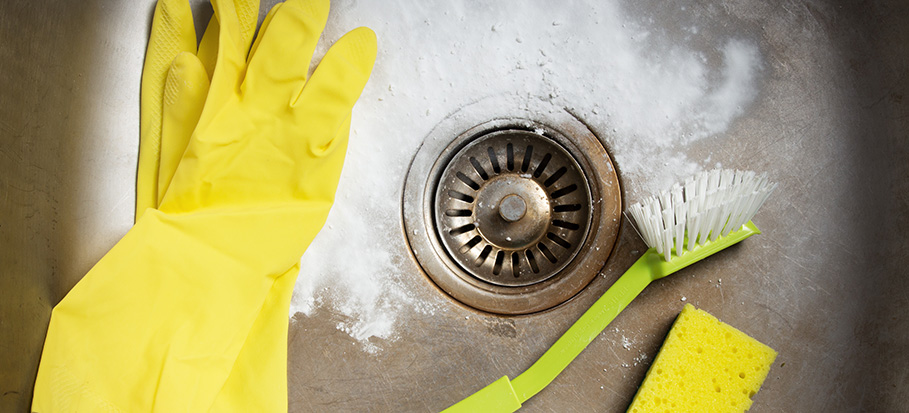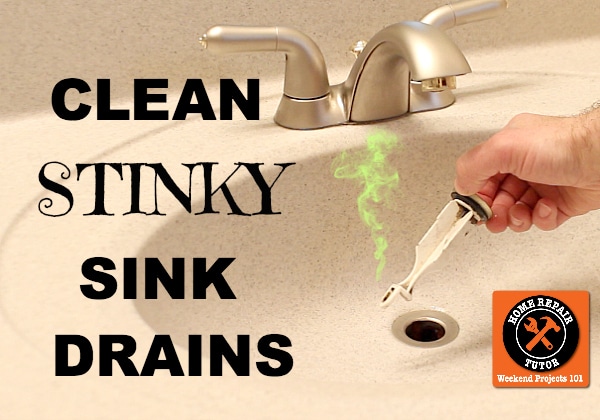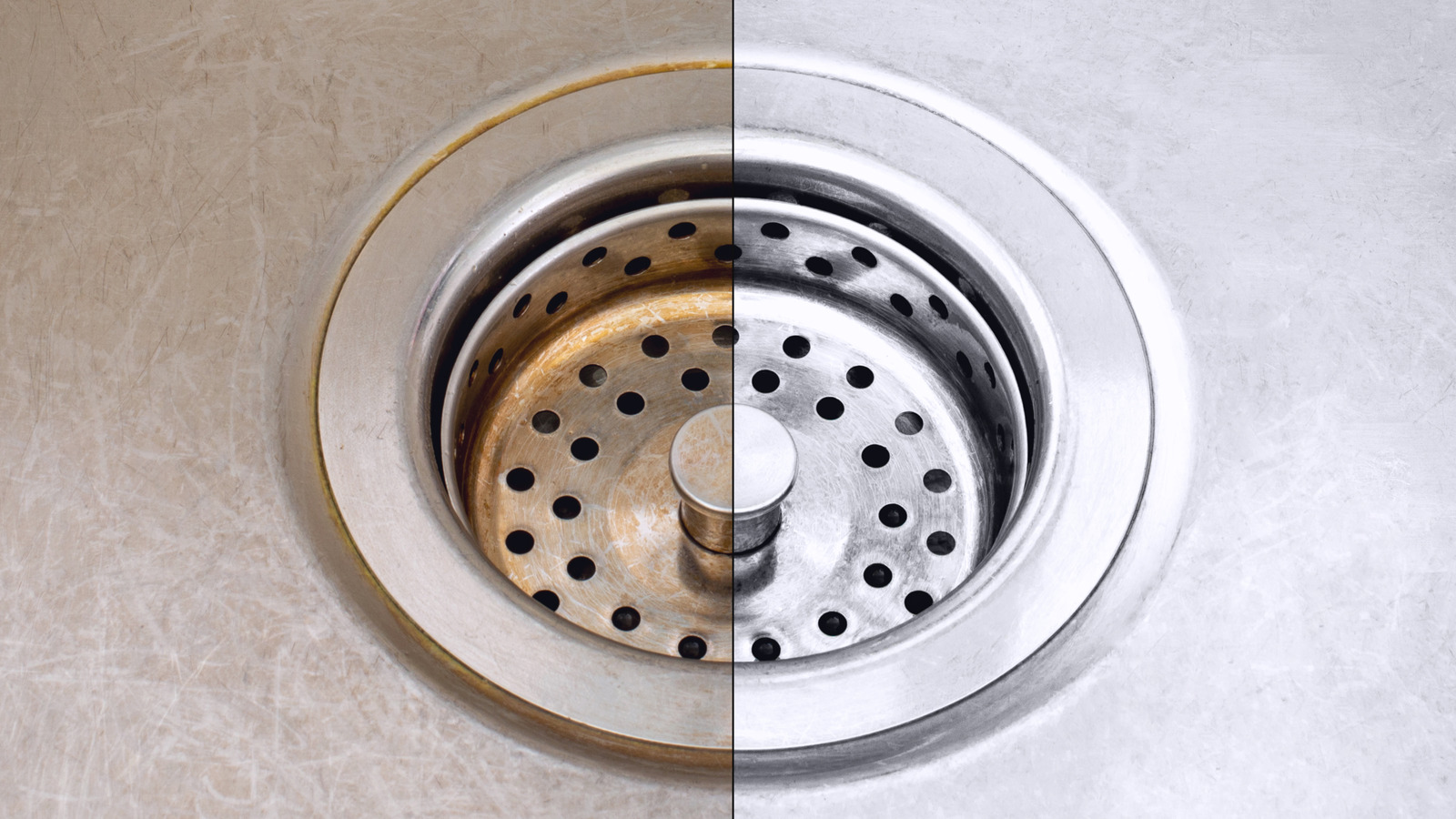How to Fix a Kitchen Sink Drain
If you're dealing with a clogged or leaky kitchen sink drain, you're not alone. This common household problem can be frustrating and inconvenient, but the good news is that it's usually easy to fix on your own. In this article, we'll walk you through the steps to fix a kitchen sink drain and get your sink back to working properly.
How to Unclog a Kitchen Sink Drain
The first step in fixing a kitchen sink drain is to determine if it's clogged. If you notice that water is draining slowly or not at all, chances are there is a blockage in the drain. To unclog it, you can try using a plunger, pouring boiling water down the drain, or using a mixture of baking soda and vinegar. If these methods don't work, it may be necessary to remove the trap and clean it out.
DIY Kitchen Sink Drain Repair
Fixing a kitchen sink drain yourself can save you time and money compared to hiring a professional plumber. With the right tools and a little bit of know-how, you can easily repair a clogged or leaky kitchen sink drain. It's important to note, however, that if you're not comfortable with DIY repairs, it's best to hire a professional to avoid causing further damage.
Common Kitchen Sink Drain Problems
Kitchen sink drains can encounter a variety of problems, from clogs to leaks. Some of the most common issues include food debris buildup, broken or misaligned pipes, and worn out gaskets and seals. These problems can lead to slow draining, foul odors, and even water damage, so it's important to address them as soon as possible.
Tools Needed to Fix a Kitchen Sink Drain
Before you begin fixing your kitchen sink drain, you'll need to gather the necessary tools. These may include a plunger, drain snake, adjustable wrench, screwdriver, and bucket. Depending on the issue, you may also need a pipe wrench, pipe cutter, and replacement parts such as gaskets and seals.
Step-by-Step Guide to Fixing a Kitchen Sink Drain
Now that you have your tools ready, it's time to get to work. The exact steps for fixing a kitchen sink drain will vary depending on the issue you're facing, but here is a general guide to help you through the process:
Step 1: Start by clearing out any standing water in the sink using a bucket or cup. This will make it easier to work on the drain.
Step 2: If you're dealing with a clog, try using a plunger or a mixture of baking soda and vinegar to break up the blockage. If the clog is particularly stubborn, you may need to remove the trap and clean it out.
Step 3: If the issue is a leak, start by examining the pipes and connections under the sink. Tighten any loose connections and replace any damaged or worn out gaskets or seals.
Step 4: If the leak is coming from the drain itself, you may need to replace the entire drain assembly. This involves removing the old drain and installing a new one, which can be done with the help of a pipe wrench and plumber's putty.
Step 5: Once the issue has been resolved, run water through the sink to make sure everything is draining properly and there are no leaks.
Tips for Preventing Kitchen Sink Drain Clogs
Prevention is key when it comes to kitchen sink drain problems. Some simple tips to keep your drain clear and functioning properly include avoiding pouring grease or oils down the drain, using a drain cover to catch food debris, and running hot water through the drain after each use. Regularly cleaning the drain with a mixture of baking soda and vinegar can also help prevent clogs.
Replacing a Kitchen Sink Drain
If your kitchen sink drain is beyond repair, you may need to replace it entirely. This is a more involved process that may require hiring a professional, especially if you're not familiar with plumbing work. A new drain can improve the functionality and appearance of your sink, and with proper maintenance, it can last for many years.
How to Clean a Kitchen Sink Drain
Regularly cleaning your kitchen sink drain can help prevent clogs and keep it running smoothly. To clean the drain, you can use a mixture of baking soda and vinegar, followed by hot water. You can also pour boiling water down the drain to help break down any buildup that may be present. It's important to avoid using harsh chemicals, as they can damage your pipes and be harmful to the environment.
Professional Kitchen Sink Drain Repair Services
If you're not comfortable with DIY repairs or if the issue with your kitchen sink drain is too complex to handle on your own, it's best to hire a professional plumber. They have the expertise and specialized tools to quickly and effectively fix any problems with your drain. While it may cost more upfront, hiring a professional can save you time and hassle in the long run.
In conclusion, dealing with a kitchen sink drain problem may seem daunting, but with the right tools and knowledge, it can be easily fixed. By following the steps outlined in this article and taking preventative measures, you can keep your kitchen sink drain functioning properly for years to come.
How to Fix a Kitchen Sink Drain: A Necessity for a Well-Functioning Kitchen

Introduction
 A kitchen sink is an essential part of any household, used for various tasks such as washing dishes, preparing food, and even filling up a pot with water. However, a clogged kitchen sink drain can quickly become a nuisance and disrupt your daily routine. If you are experiencing slow draining or standing water in your kitchen sink, it is time to fix the problem. In this article, we will guide you through
how to fix a kitchen sink drain
and ensure that your kitchen sink is working properly.
A kitchen sink is an essential part of any household, used for various tasks such as washing dishes, preparing food, and even filling up a pot with water. However, a clogged kitchen sink drain can quickly become a nuisance and disrupt your daily routine. If you are experiencing slow draining or standing water in your kitchen sink, it is time to fix the problem. In this article, we will guide you through
how to fix a kitchen sink drain
and ensure that your kitchen sink is working properly.
Tools Needed
 Before we dive into the steps of fixing a kitchen sink drain, let's gather the necessary tools first. You will need a
plunger
, a
drain snake
,
baking soda
,
vinegar
,
rubber gloves
,
bucket
, and
cleaning supplies
. It is also helpful to have a
screwdriver
and a
wrench
on hand in case you need to disassemble any parts of the sink.
Before we dive into the steps of fixing a kitchen sink drain, let's gather the necessary tools first. You will need a
plunger
, a
drain snake
,
baking soda
,
vinegar
,
rubber gloves
,
bucket
, and
cleaning supplies
. It is also helpful to have a
screwdriver
and a
wrench
on hand in case you need to disassemble any parts of the sink.
Step 1: Plunge the Drain
 The first step is to use a plunger to clear any blockages in the drain. Start by filling the sink with enough water to cover the rubber part of the plunger. Place the plunger over the drain and pump it up and down vigorously. This will create suction and dislodge any debris or clogs in the drain. Repeat this process a few times until the water starts draining properly.
The first step is to use a plunger to clear any blockages in the drain. Start by filling the sink with enough water to cover the rubber part of the plunger. Place the plunger over the drain and pump it up and down vigorously. This will create suction and dislodge any debris or clogs in the drain. Repeat this process a few times until the water starts draining properly.
Step 2: Use a Drain Snake
 If plunging the drain does not work, the next step is to use a drain snake. Insert the snake into the drain and push it until you feel resistance. Rotate the snake as you push it further into the drain to break up any clogs. Once you feel the snake has reached the blockage, pull it out, and discard any debris that comes out with it.
If plunging the drain does not work, the next step is to use a drain snake. Insert the snake into the drain and push it until you feel resistance. Rotate the snake as you push it further into the drain to break up any clogs. Once you feel the snake has reached the blockage, pull it out, and discard any debris that comes out with it.
Step 3: Try a Natural Solution
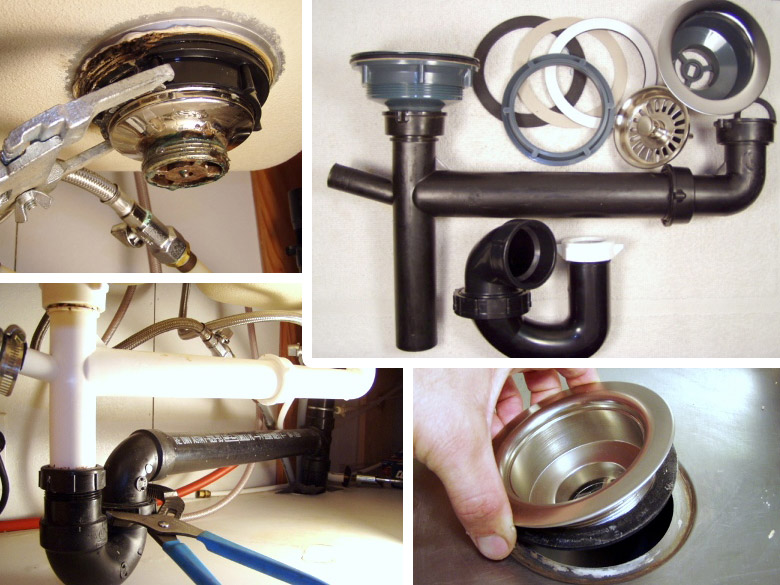 If the above methods do not work, you can try using a natural solution to unclog the drain. Mix equal parts of baking soda and vinegar and pour it down the drain. Let it sit for about 30 minutes, then pour boiling water down the drain to flush out any remaining debris.
If the above methods do not work, you can try using a natural solution to unclog the drain. Mix equal parts of baking soda and vinegar and pour it down the drain. Let it sit for about 30 minutes, then pour boiling water down the drain to flush out any remaining debris.
Step 4: Disassemble and Clean the Drain
Prevention is Key
 To avoid future clogs, there are a few preventative measures you can take. Make sure to scrape any food scraps into the trash before washing dishes, avoid pouring grease or oil down the drain, and use a drain cover to catch any debris. Regularly cleaning your drain with a natural solution can also help prevent clogs.
In conclusion, a clogged kitchen sink drain can be a headache, but with the right tools and methods, it can be easily fixed. By following the steps outlined in this article, you can
fix a kitchen sink drain
and keep your kitchen functioning smoothly. Remember to always wear rubber gloves and take necessary precautions when working with drains. With a little effort, you can have a well-functioning kitchen sink in no time.
To avoid future clogs, there are a few preventative measures you can take. Make sure to scrape any food scraps into the trash before washing dishes, avoid pouring grease or oil down the drain, and use a drain cover to catch any debris. Regularly cleaning your drain with a natural solution can also help prevent clogs.
In conclusion, a clogged kitchen sink drain can be a headache, but with the right tools and methods, it can be easily fixed. By following the steps outlined in this article, you can
fix a kitchen sink drain
and keep your kitchen functioning smoothly. Remember to always wear rubber gloves and take necessary precautions when working with drains. With a little effort, you can have a well-functioning kitchen sink in no time.








:max_bytes(150000):strip_icc()/freshen-and-unclog-drain-with-baking-soda-1900466-22-bbf940b70afa4d5abef0c54da23b1d3f.jpg)

















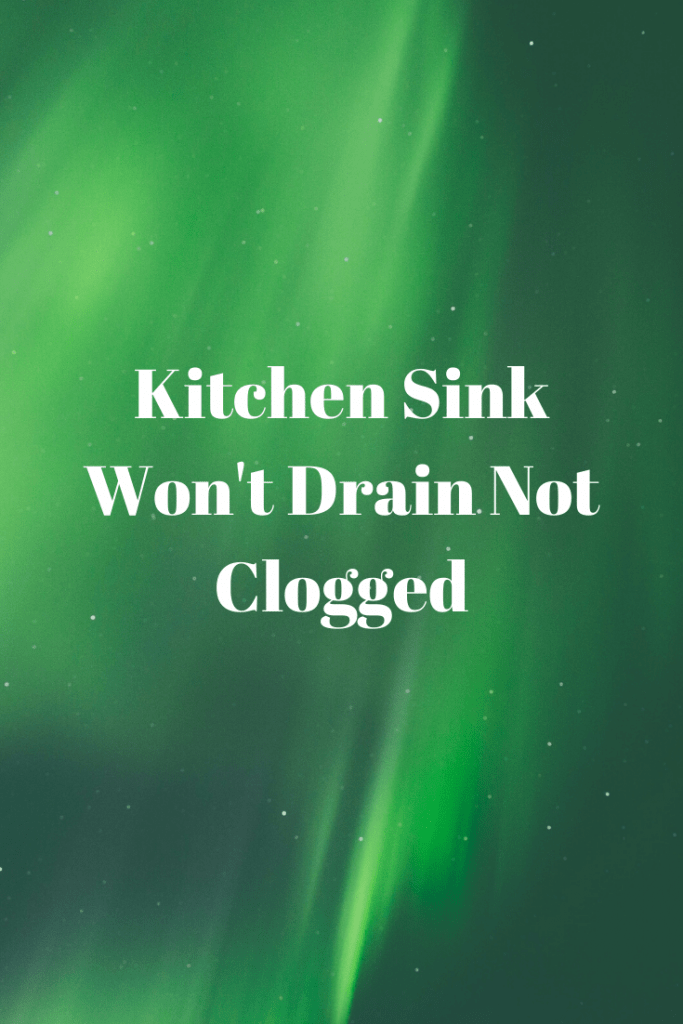

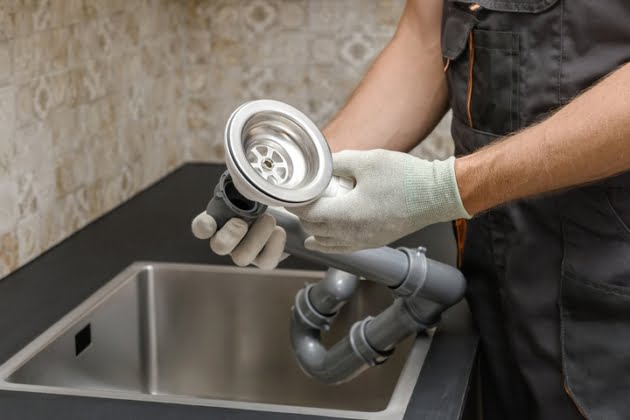

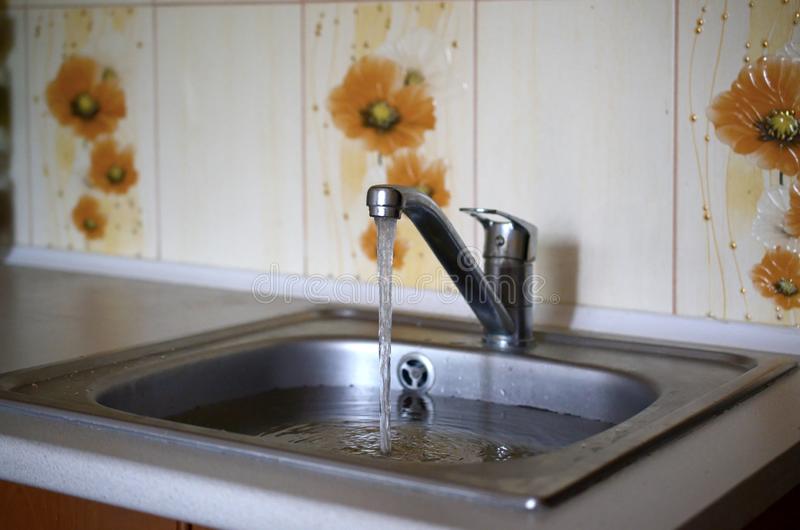

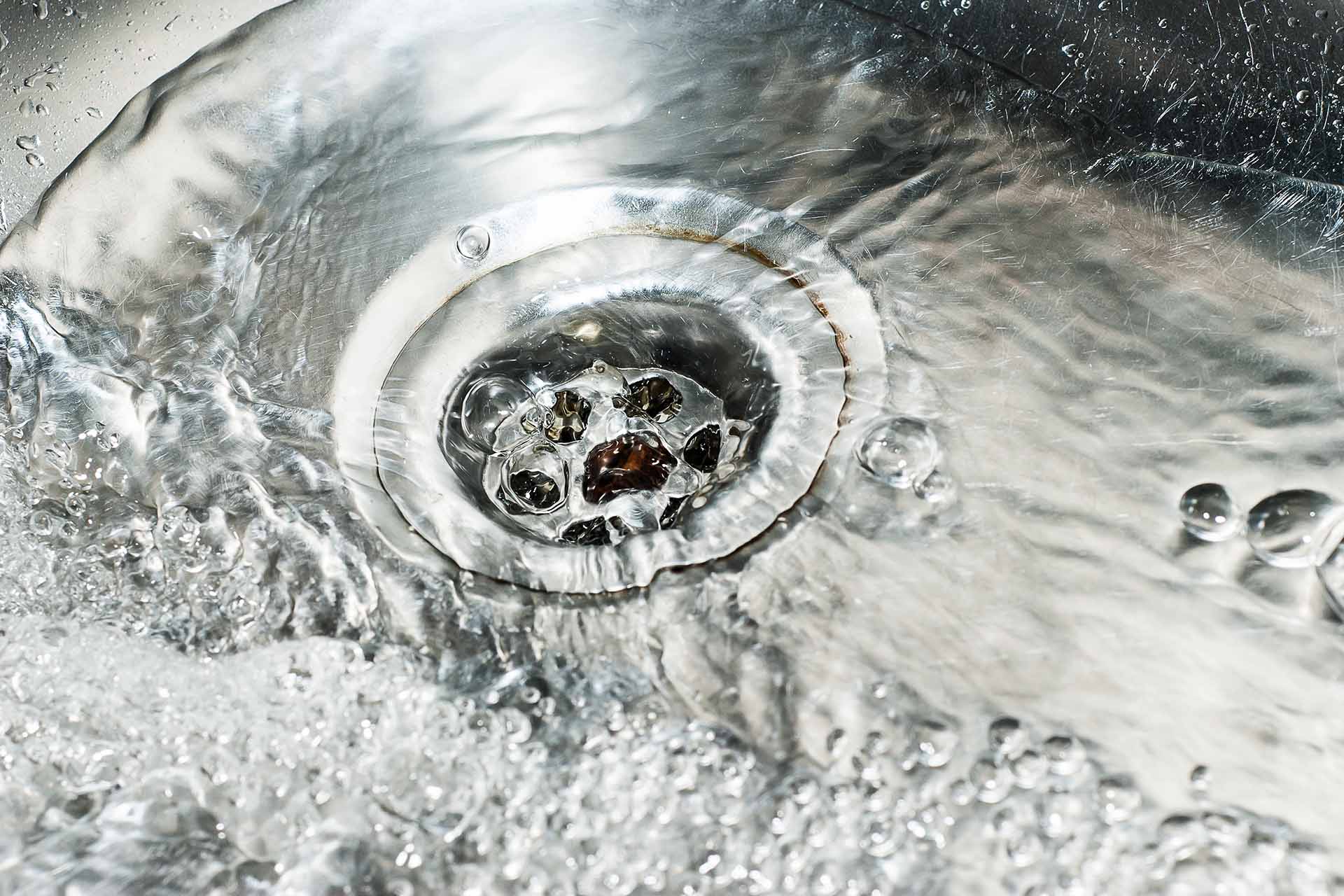
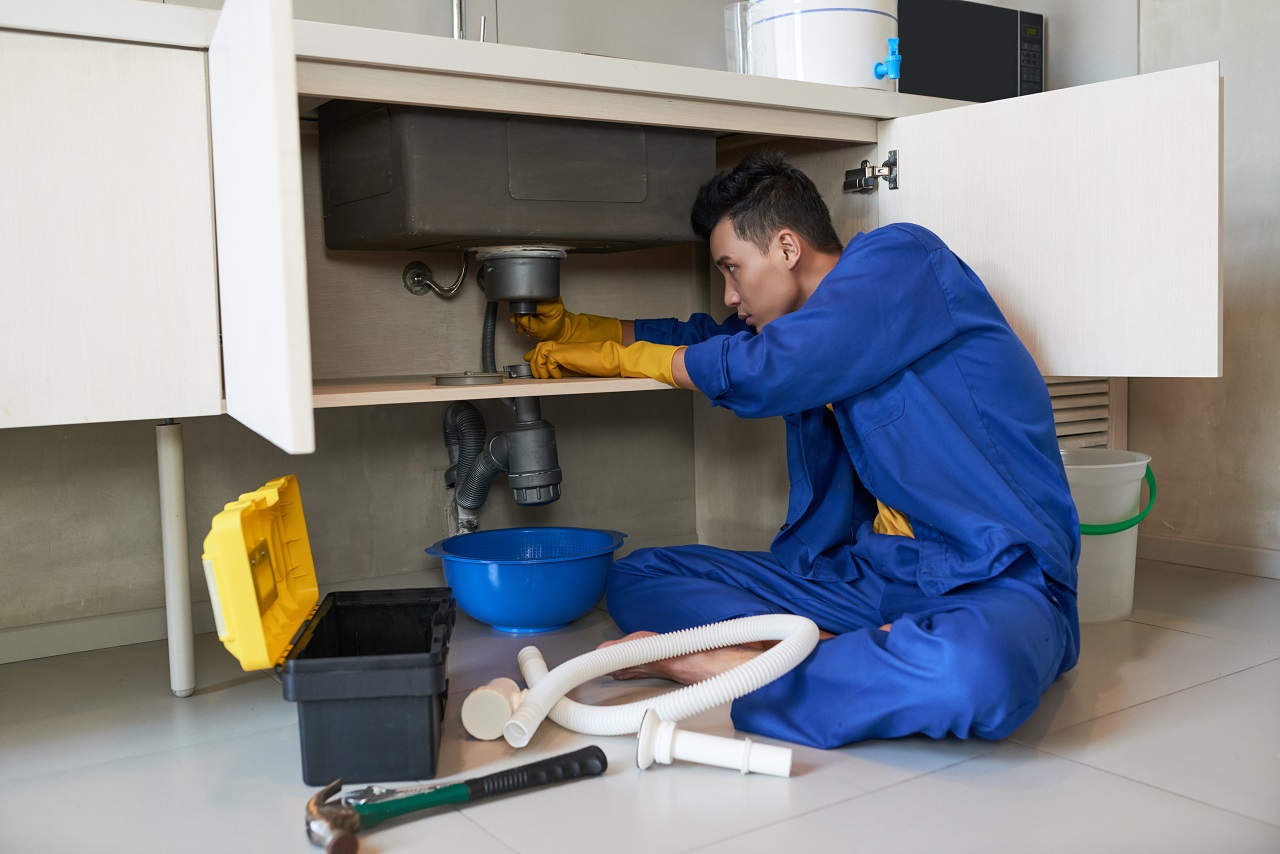



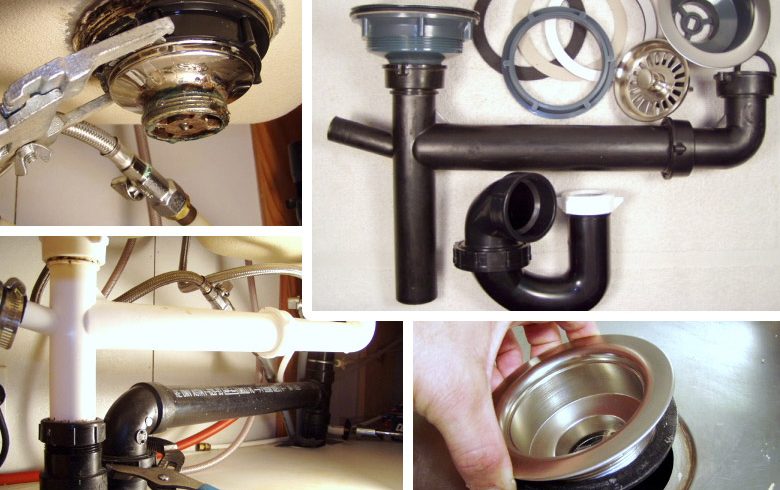


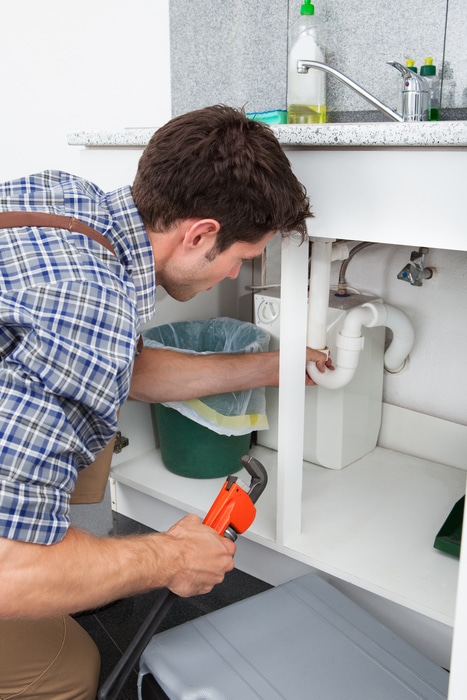


:no_upscale()/cdn.vox-cdn.com/uploads/chorus_asset/file/19495086/drain_0.jpg)


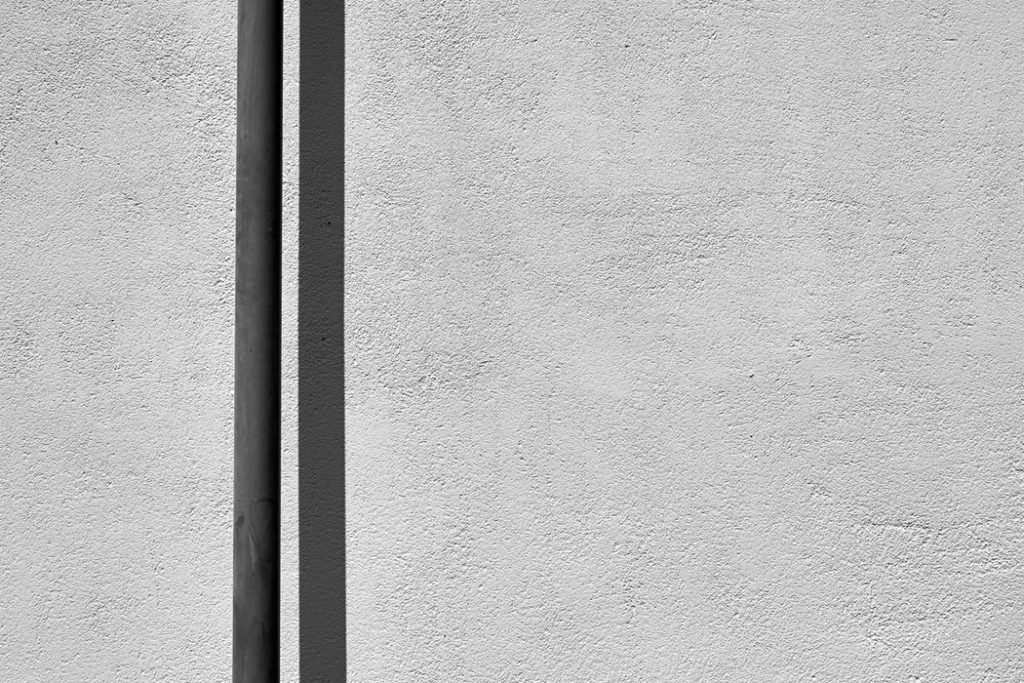

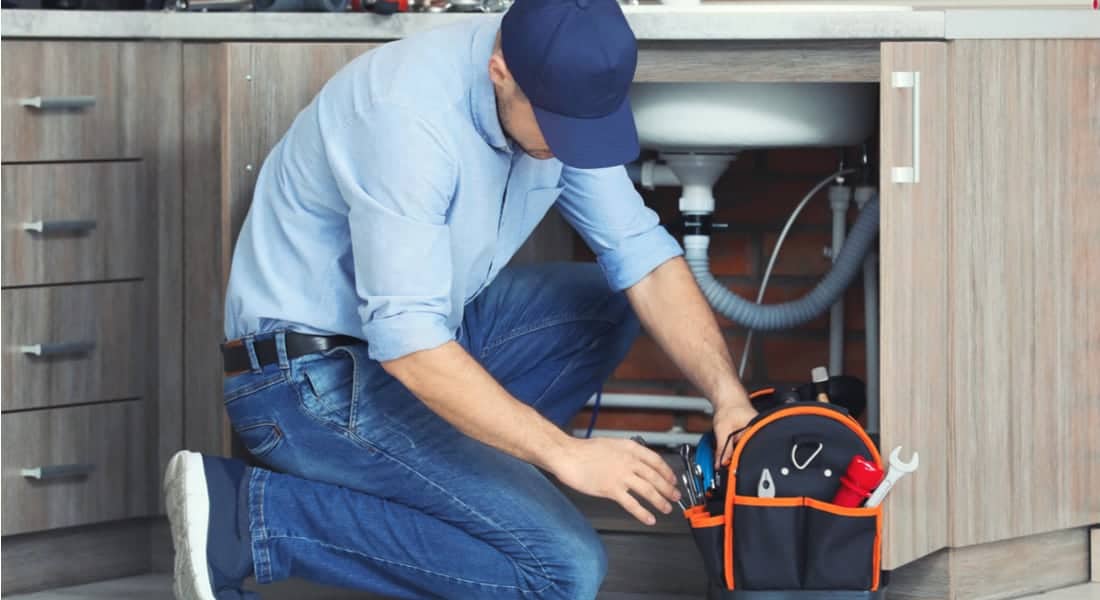




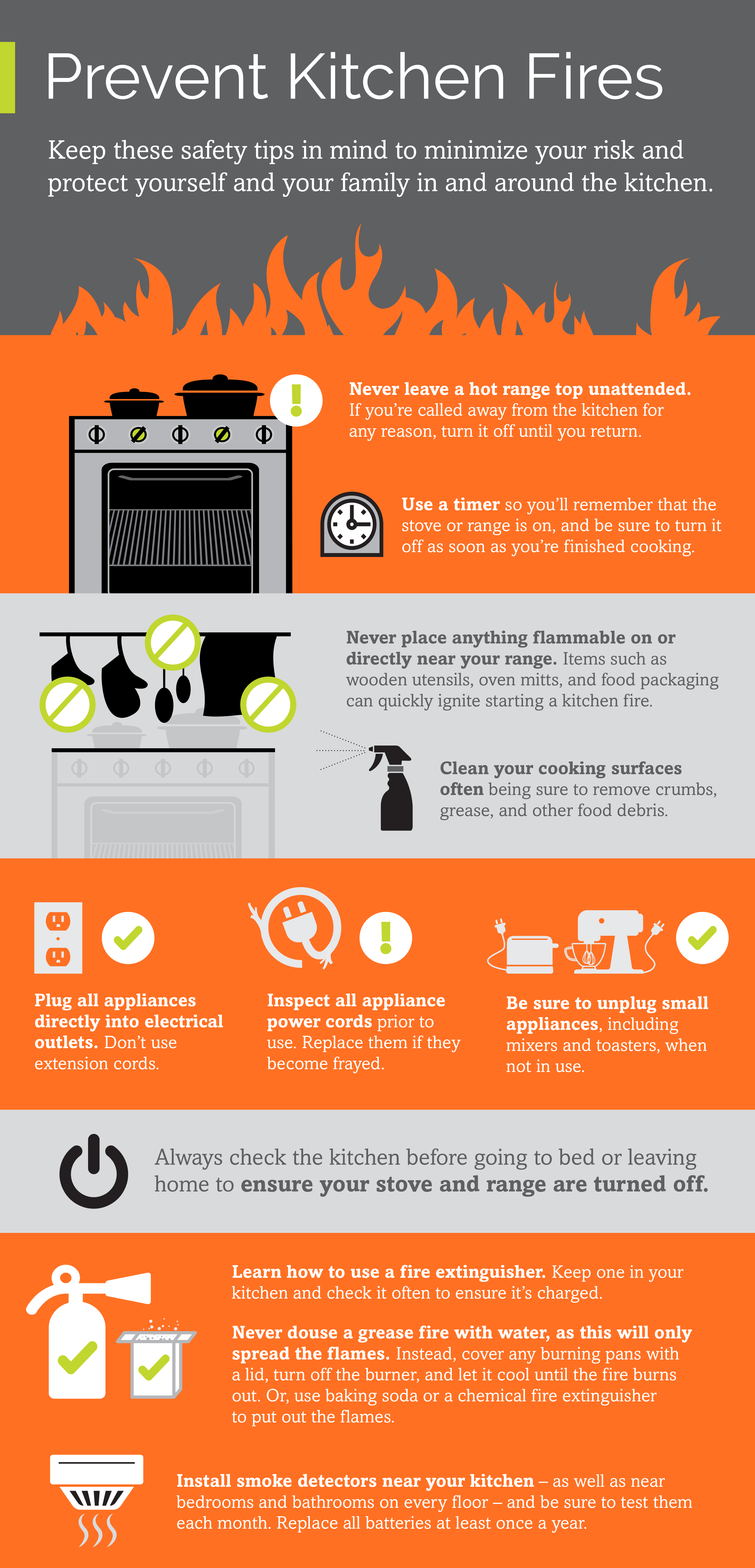
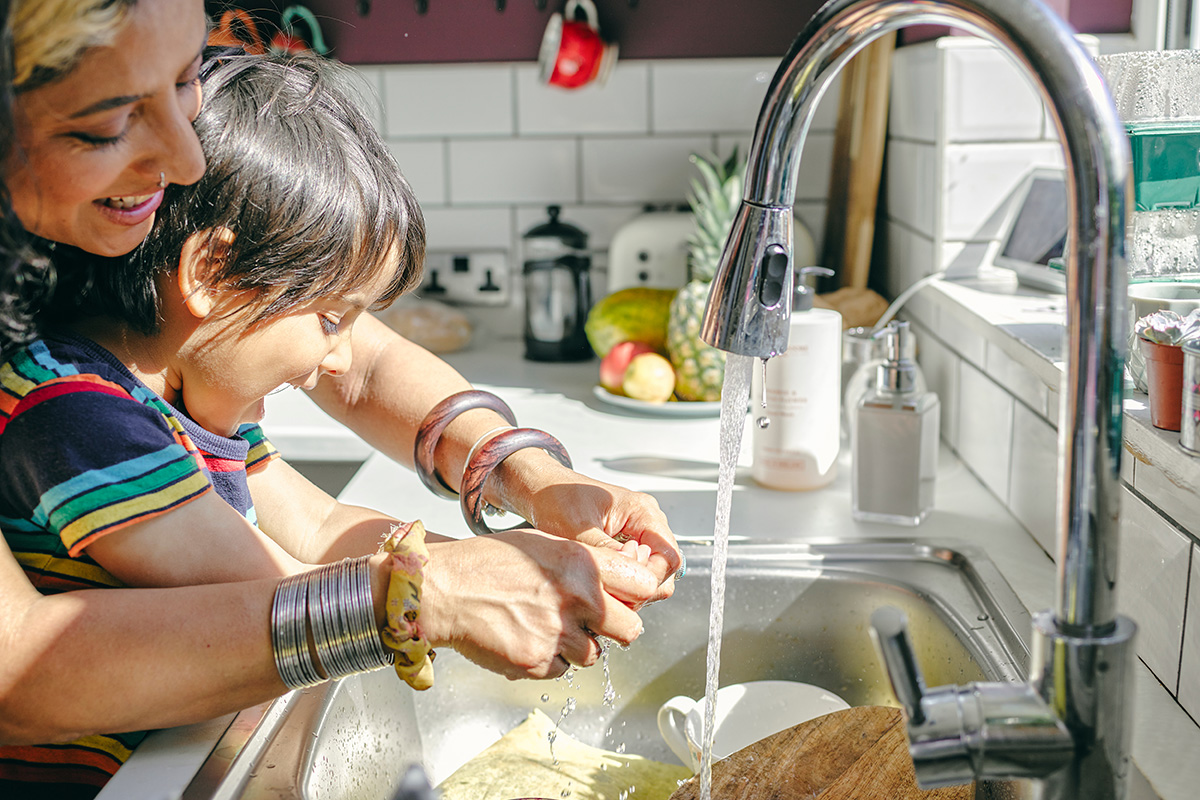


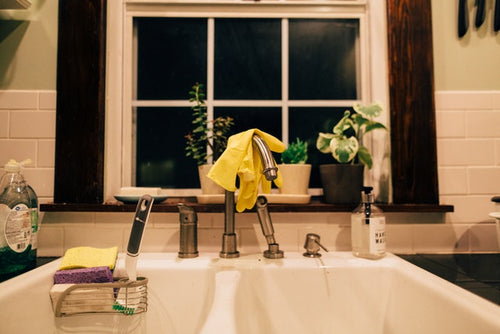


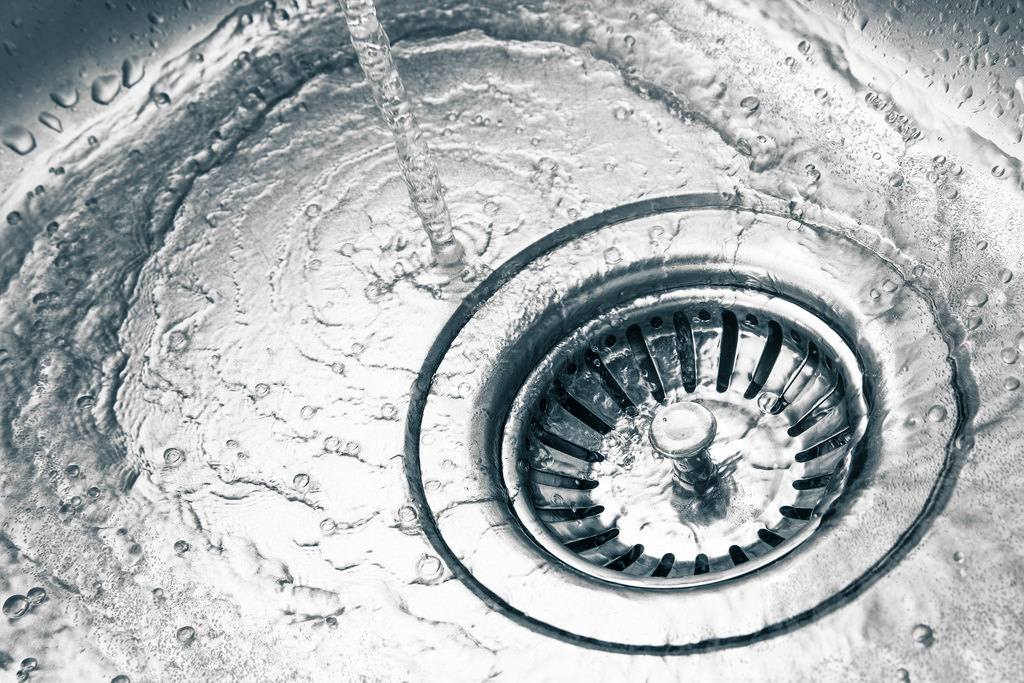


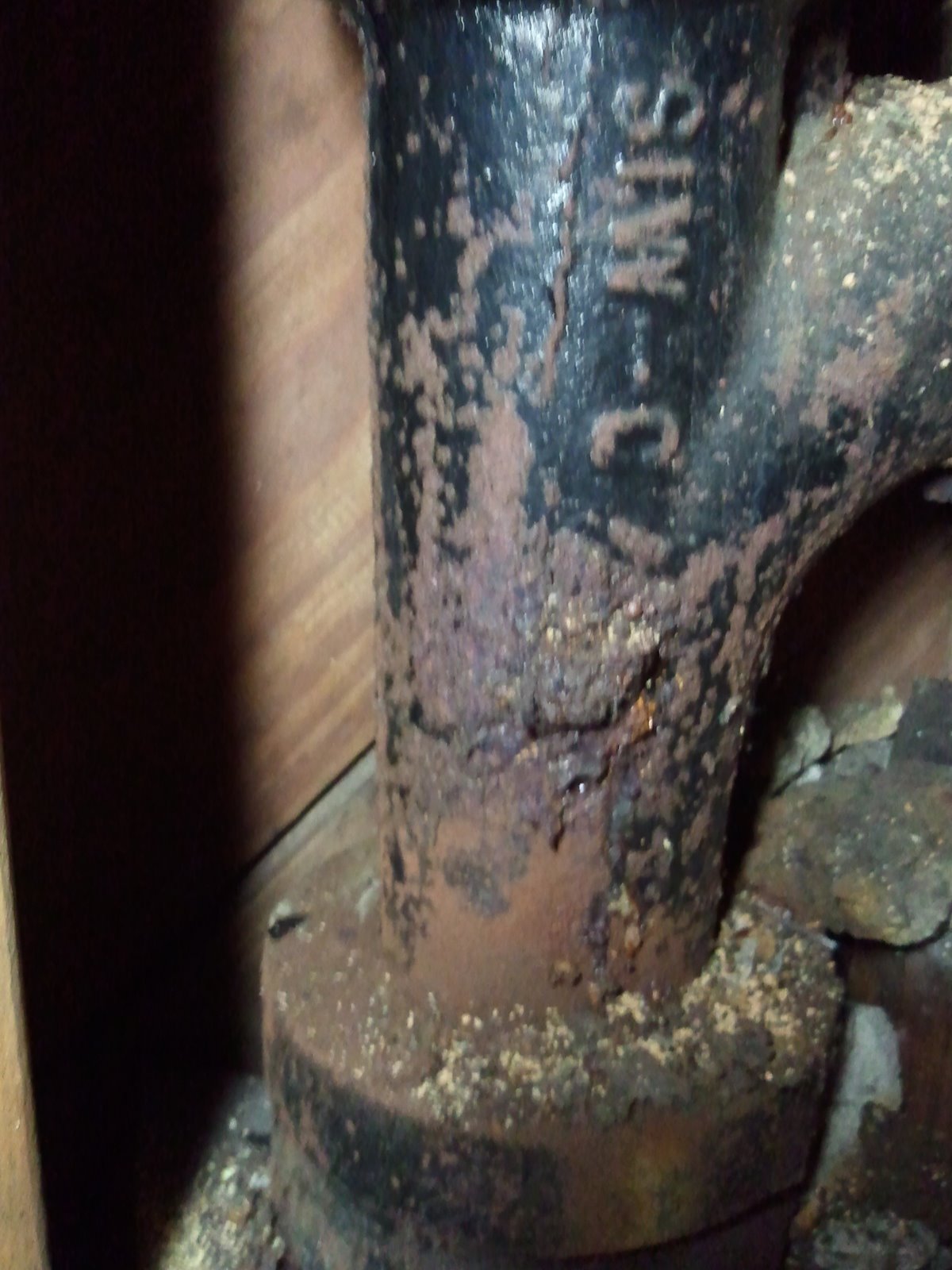












:max_bytes(150000):strip_icc()/how-to-clean-a-kitchen-sink-and-drain-01-5660035-a1d8afe3894346f9a579e66c55e64b7d.jpg)
